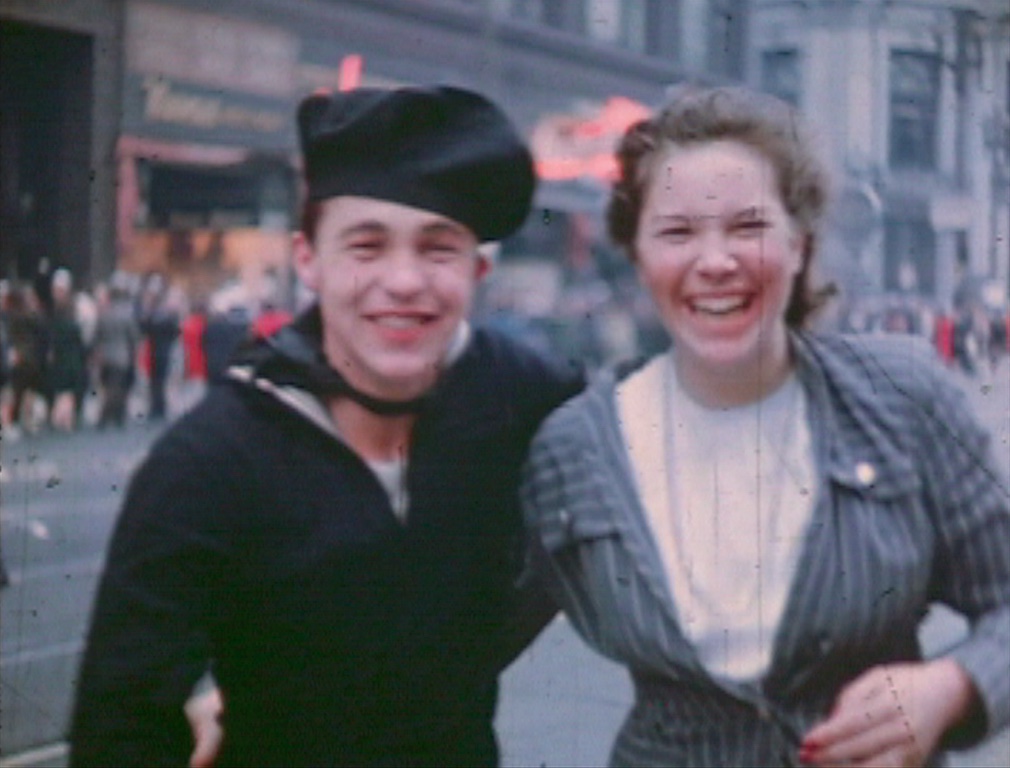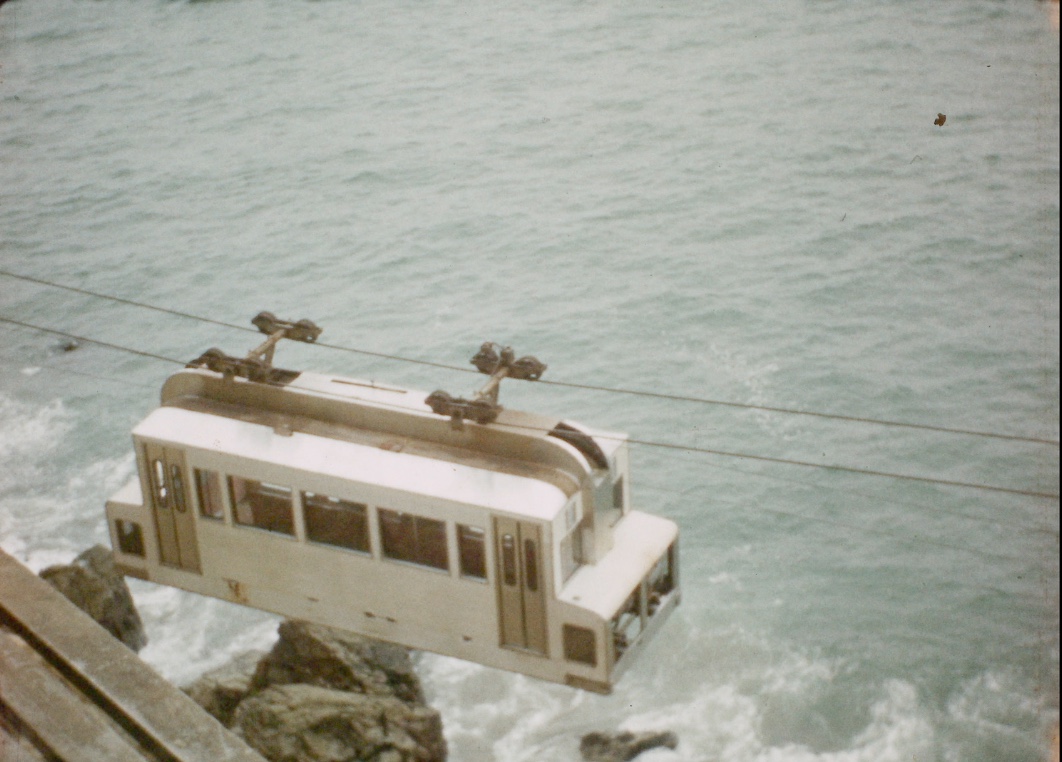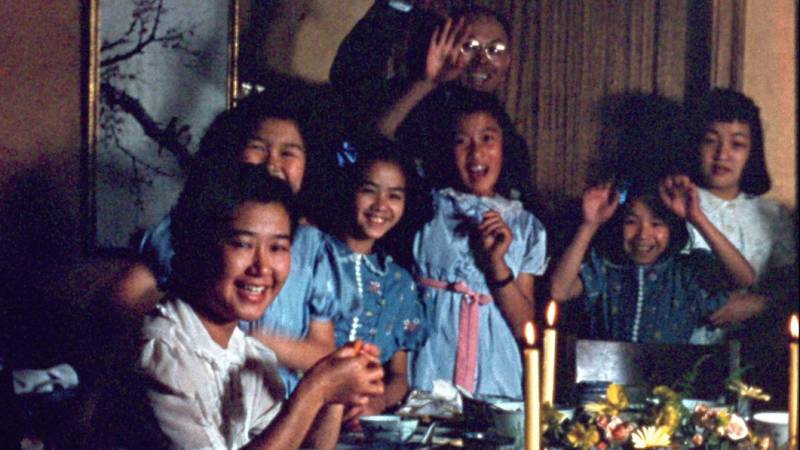The expert estimate is that 90 percent of U.S. silent films and 50 percent of the sound films made in the U.S. before 1950 are gone forever. The root cause is (or was) disinterest—nobody could imagine any value (i.e., revenue stream) after a movie’s theatrical run until television came along. So early nitrate prints were destroyed to extract their silver, and most of those that were saved decomposed in their cans.
Commercial movies are our cultural heritage. Now consider the other types of moving images created for a particular purpose and which are part of our larger, collective history: All the home movies, educational films and industrials (training and marketing films) that were (and are) chucked into dumpsters and landfills.

Many years ago, on the other coast, Rick Prelinger began collecting discarded corporate and amateur films. They had outlived their original use, but I like to think that their afterlife—in the Library of Congress, Motion Picture, Broadcasting and Recorded Sound Division and in the Prelinger Archives—serves a greater purpose. Dip a toe into the digitized collection and see if you agree, when you resurface after three minutes or three hours.
For 14 years, Prelinger has compiled and hosted a public screening gleaned from his trove. Lost Landscapes of San Francisco, presented in collaboration with the Long Now Foundation and unspooling Dec. 10 and 11 at the Castro, revives and revisits our town as it was for most of the 20th century. (Post-1980s footage is too contemporary. Check back in 10 years.)

A benefit in part for the Prelinger Library, which Megan and Rick Prelinger founded in 2003, the Lost Landscapes show aims for more than a nostalgic immersion in—or communal wake for—the San Francisco of one’s youth (for natives) or hallowed arrival (for transplants). Instead of a church-quiet, old-school movie experience, Rick Prelinger encourages viewers to shout out the names of landmarks and locations, long-gone celebrities and local characters.


